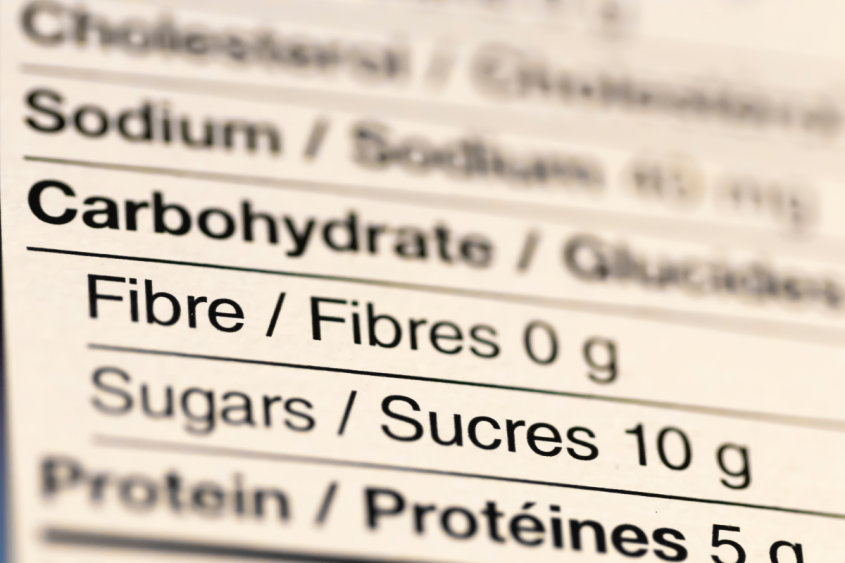
The Paper of the Month for October is from the British Journal of Nutrition (BJN) and is entitled 'Nutritional adequacy of commercial food products targeted at 0–36-month-old children: a study in Brazil and Portugal' by Célia Regina Barbosa De Araújo.
There is evidence that the consumption of commercial food products for children is highly prevalent in the world, surpassing the consumption of homemade food in some situations. While such products may have practical advantages, such as time saving in food preparation, there are concerns about nutrient composition.
This highlights the need to know the nutrient profile of foods marketed to children aged 0 to 36 months, since at some point, these foods will likely be part of the babies’ weaning foods. Such information can directly help an adequate and healthy food introduction, by helping parents and others responsible for the children to make better choices during food purchase. In addition, such actions can strengthen the prevention and control of childhood obesity and related conditions, by reducing the consumption of products rich in sodium, sugar and saturated fat.
Eating and nutrition are major influences on children’s health, growth and development, especially in the first 1000 days of life, also known as the ‘1,000-day Window of Opportunity’, as it is a critical period for prevention of chronic Noncommunicable Diseases (NCDs).
Food labeling is an important means of communication between a food product and its consumer, as it provides information about ingredients, nutritional composition, presence of allergenic substances, net content (the amount of the consumable product contained in a package) and others that allow product comparing during purchase.
Consequently, in our study we evaluated the nutritional adequacy of processed/ultra-processed food products targeted at 0-36-month-old children in Porto, Portugal and in Natal, Brazil. The neighborhoods selected in the two cities were the ones with the greatest difference in per capita income (higher vs. lower income).
For this analysis of the information contained in the labels of these products, we used the Pan American Health Organization (PAHO) Nutrient Profile Model. Through that, we selected and quantified the nutrients considered critical – free sugar, sodium, total fat, saturated fat and trans fat.
Unfortunately, this study’s findings showed that a considerable number of processed and ultra-processed products were available in both countries, and that some of these products did not meet the guidelines of the PAHO Nutrient Profile Model. For instance, most meat- or fish-based meals in Brazil had a high amount of sodium and total fat, and no food reported the free sugar content on the labels. In Portugal, an important percentage of products in the fruit/vegetable puree and in the juices/smoothies/teas/beverages groups exceeded the level of free sugar, while saturated fat was excessive in all yogurt and yogurt-related products.
Our findings point to the importance of monitoring and improving the nutrient profile of food products targeted at young children, serving as an argument for establishing public policies and helping to maintain the health of this vulnerable population.
